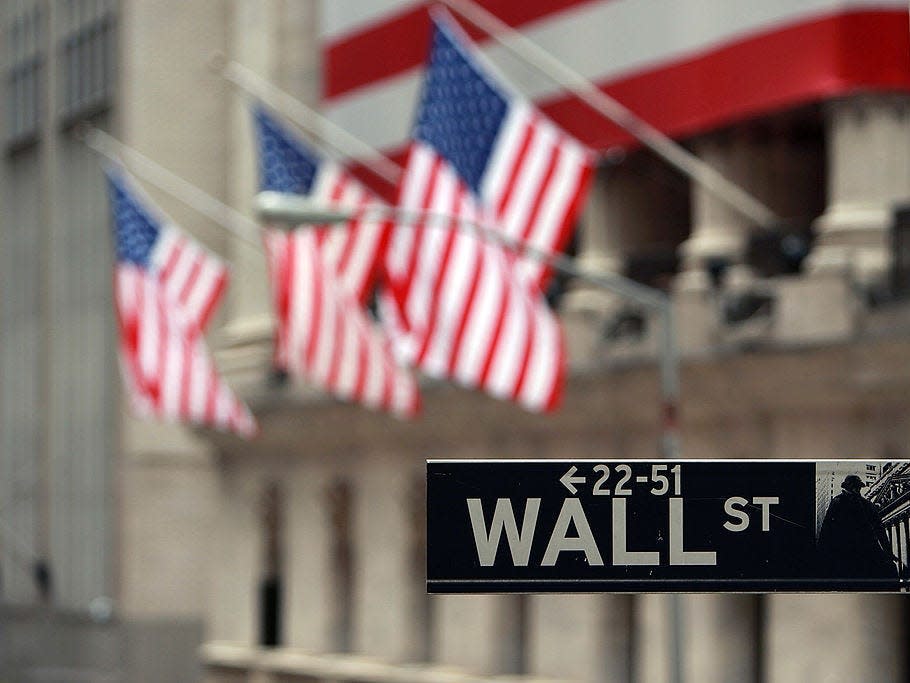Bank of America raises its S&P 500 price target and says the outlook is 'glass half full' as bad news is already priced into stocks

BofA raised its S&P 500 price target for 2023 to 4,300, arguing that a lot of bad news is already priced in.
BofA's Savita Subramanian said valuations aren't crazy and sentiment is in the dumps, which means investors should take a "glass half-full" view.
"The era of easy earnings is likely behind us, but this might be a good thing," Subramanian said.
Investors should take a "glass half-full" outlook on stocks as a lot of bad news is already priced into the market, according to Bank of America's equity strategist Savita Subramanian.
Subramanian increased her 2023 year-end S&P 500 price target to 4,300 from 4,000, representing potential upside of 3% from current levels. While those gains aren't much to get excited about, it would imply a fully year 2023 gain of 12%.
Additionally, Subramanian said the S&P 500 could ultimately trade to as high as 4,600 based on sentiment data, representing the possibility of another 10% gain from current levels.
Part of Subramanian's increased optimism stems from the fact that corporations are shifting their focus away from the easy profits that came from ultra-low interest rates, cost cutting, and stock buybacks, and instead towards efficiency, automation, and artificial intelligence.
"The era of easy earnings is likely behind us, but this might be a good thing. Corporate America has begun to adapt via efficiency spend, which bodes well for lower risk premia. Moreover, corporates bought themselves some [time] to navigate higher interest rates and costs via long tenured low fixed-rate debt," Subramanian explained.
The Federal Reserve has hiked interest rates by 500 basis points in about a year. That, combined with the ongoing reduction of its balance sheet to the tune of nearly $100 billion per month, has put a lot of investors on edge, in part seen by the S&P 500's near 20% decline in 2022.
And while current stock market valuations are not low, with the S&P 500's forward price-to-earnings rate at about 19x, it's also not extreme.
"Trough multiples have been higher (23x at COVID, 28x at Great Financial Crisis) and snapshot multiples are not particularly predictive" of forward looking returns," Subramanian said. Additionally, when you exclude the to 50 stocks in the S&P 500, valuations fall considerably.
"S&P trades at 19x forward earnings. Excluding the top 50 stocks drops the valuation to 15.7x, in line with historical average PE of 15.2x since 1986," Subramanian said. That's why she is favoring ownership of an equal-weighted basket of the S&P 500 rather than the index itself.
Finally, Subramanian isn't ignoring the headline risks plaguing the stock market right now, but also said they're pretty fleshed out and have likely already been fully digested by investors. In other words, they're not a surprise.
"Geopolitics, Fed error, debt ceiling, financial crisis II, recession, 'rich-cession', credit, stagflation, CRE, urban demise, civil unrest, rate cliffs, jobs etc. Stock v. bond allocations have plummeted to 2009 lows. Bad news is in the ether and is priced into cyclicals," Subramanian said.
Read the original article on Business Insider